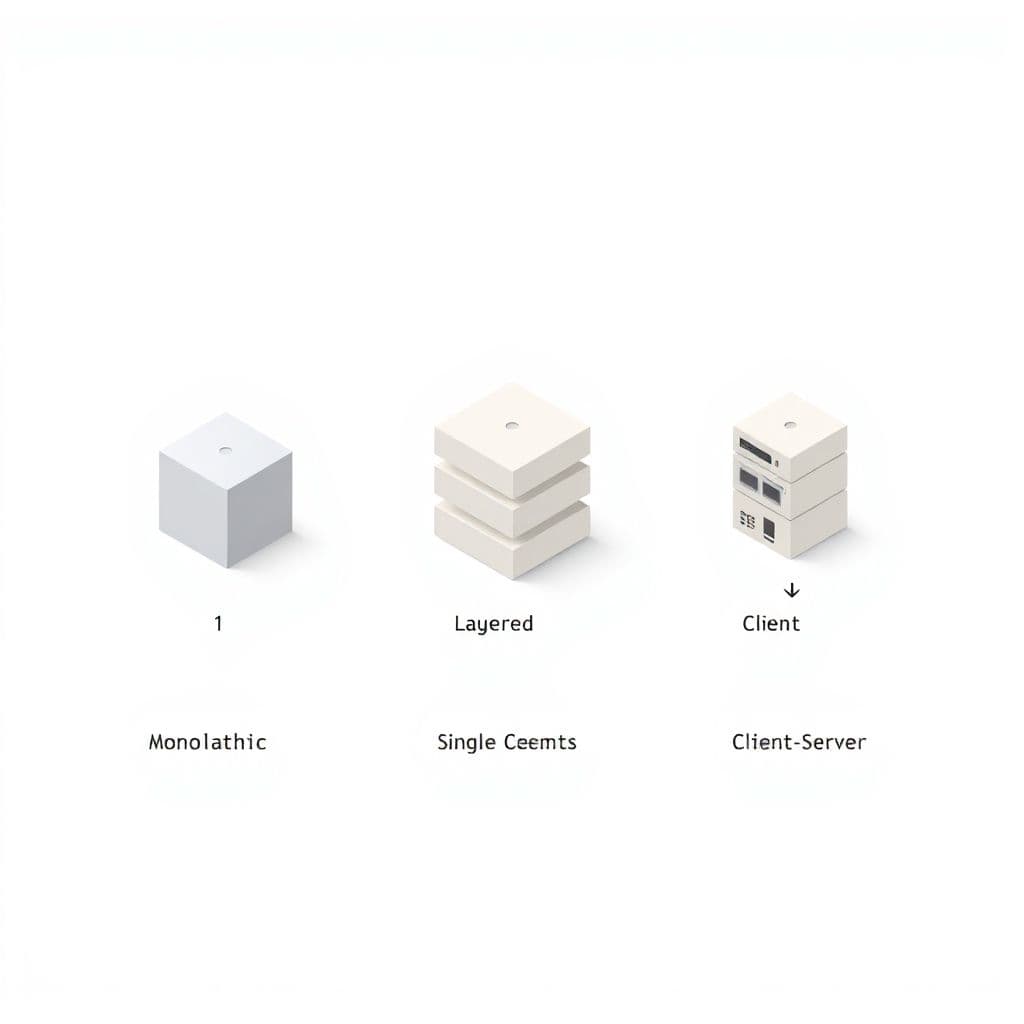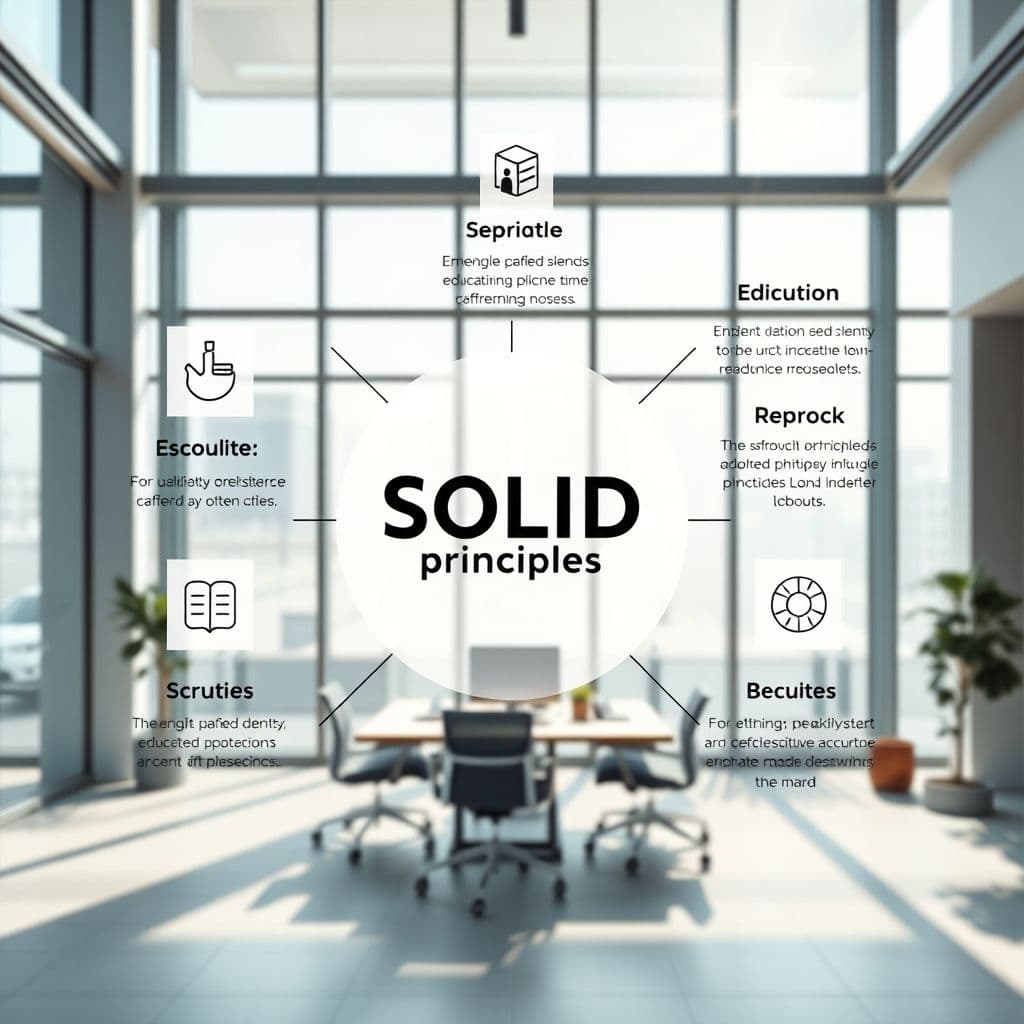Mastering Software Architecture Design: A Step-by-Step Guide

Software architecture design is the backbone of any successful software system. It defines the structure, behavior, and interactions of components, ensuring scalability, maintainability, and performance. Whether you're a developer looking to advance your career or an aspiring architect, this guide will walk you through the essential steps to master software architecture design, from foundational principles to real-world application. View original learning path
Step 1: Understand the Basics of Software Architecture
Before diving into complex patterns, it's crucial to grasp the fundamentals. Software architecture refers to the high-level structure of a system, including its components, relationships, and governing principles. Key principles include modularity, separation of concerns, and abstraction. Common types of architectures include monolithic, layered, and client-server architectures. Understanding these basics sets the stage for more advanced concepts.

Step 2: Learn Design Patterns and Architectural Styles
Design patterns are reusable solutions to common problems in software design. Architectural styles, on the other hand, define the overall structure and behavior of a system. Popular patterns include the Model-View-Controller (MVC) pattern, which separates data, presentation, and control logic. Microservices architecture breaks down applications into small, independent services, while Service-Oriented Architecture (SOA) focuses on interoperable services. Mastering these patterns enables you to design robust and scalable systems.
Step 3: Study Software Development Lifecycle (SDLC)
The Software Development Lifecycle (SDLC) outlines the phases of software creation, from planning to deployment. Traditional models like the Waterfall approach follow a linear sequence, while Agile methodologies emphasize iterative development and collaboration. DevOps practices bridge the gap between development and operations, fostering continuous integration and delivery. Understanding SDLC helps architects align their designs with development processes.
Step 4: Gain Proficiency in Design Principles and Patterns
SOLID principles (Single Responsibility, Open-Closed, Liskov Substitution, Interface Segregation, Dependency Inversion) are foundational for creating maintainable code. GRASP principles (General Responsibility Assignment Software Patterns) guide object-oriented design. Techniques like Dependency Injection and Inversion of Control promote loose coupling. Domain-Driven Design (DDD) aligns software with business domains, ensuring relevance and clarity.

Step 5: Understand Architectural Decision-Making
Architectural decisions involve trade-offs between competing qualities like performance, scalability, and cost. Quality Attributes (e.g., reliability, security) guide these choices. Architectural Decision Records (ADRs) document key decisions for future reference. Risk analysis helps anticipate and mitigate potential issues, ensuring a resilient design.
Step 6: Learn about Software Architecture Evaluation
Evaluating architecture ensures it meets requirements and standards. Architecture Review Boards (ARBs) assess designs for compliance and quality. Techniques like ATAM (Architecture Tradeoff Analysis Method) evaluate trade-offs. Metrics and code reviews identify areas for improvement, fostering continuous refinement.
Step 7: Gain Practical Experience through Projects
Theory alone isn't enough—hands-on experience is vital. Tackle real-world challenges by implementing architectural patterns in projects. Collaborate with development teams to understand practical constraints. Refactoring and continuous improvement ensure your designs evolve with changing needs.
Step 8: Stay Updated with Emerging Trends and Technologies
The tech landscape is ever-changing. Cloud computing and distributed systems enable scalable solutions. Containerization (e.g., Docker) and orchestration (e.g., Kubernetes) streamline deployment. Event-Driven and Serverless architectures offer new paradigms for building applications. Staying current ensures your skills remain relevant.
Conclusion
Mastering software architecture design is a journey that blends theory, practice, and continuous learning. By understanding foundational principles, applying design patterns, and staying abreast of emerging trends, you can create systems that are scalable, maintainable, and efficient. Start small, experiment often, and refine your approach over time.
Frequently Asked Questions
- How long does it take to master software architecture design?
- Mastery depends on your background and dedication. With consistent practice, you can grasp fundamentals in months, but becoming proficient may take years of hands-on experience.
- What are common mistakes beginners make?
- Beginners often overlook scalability, fail to document decisions, or overcomplicate designs. Start simple, focus on modularity, and iterate based on feedback.
- Is Agile compatible with software architecture design?
- Absolutely! Agile encourages iterative development, allowing architects to refine designs based on real-world feedback and changing requirements.





